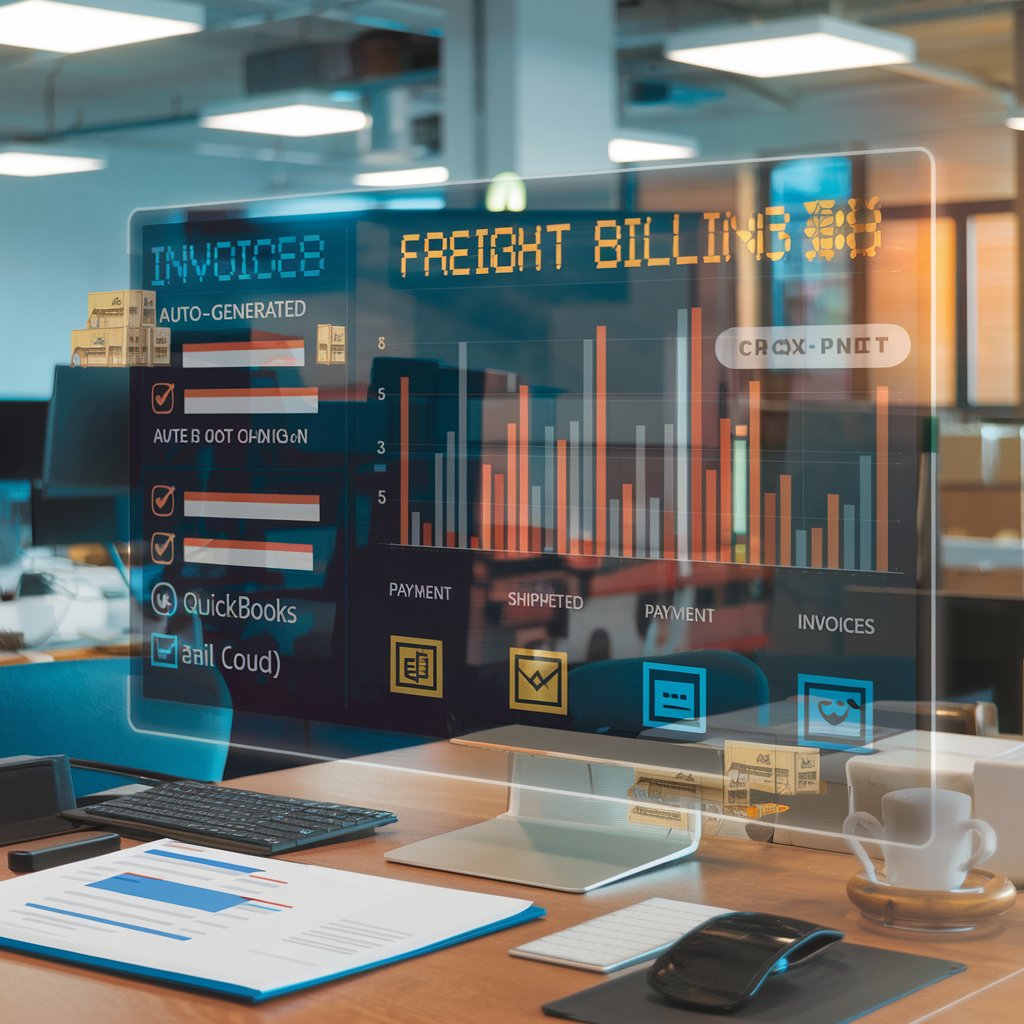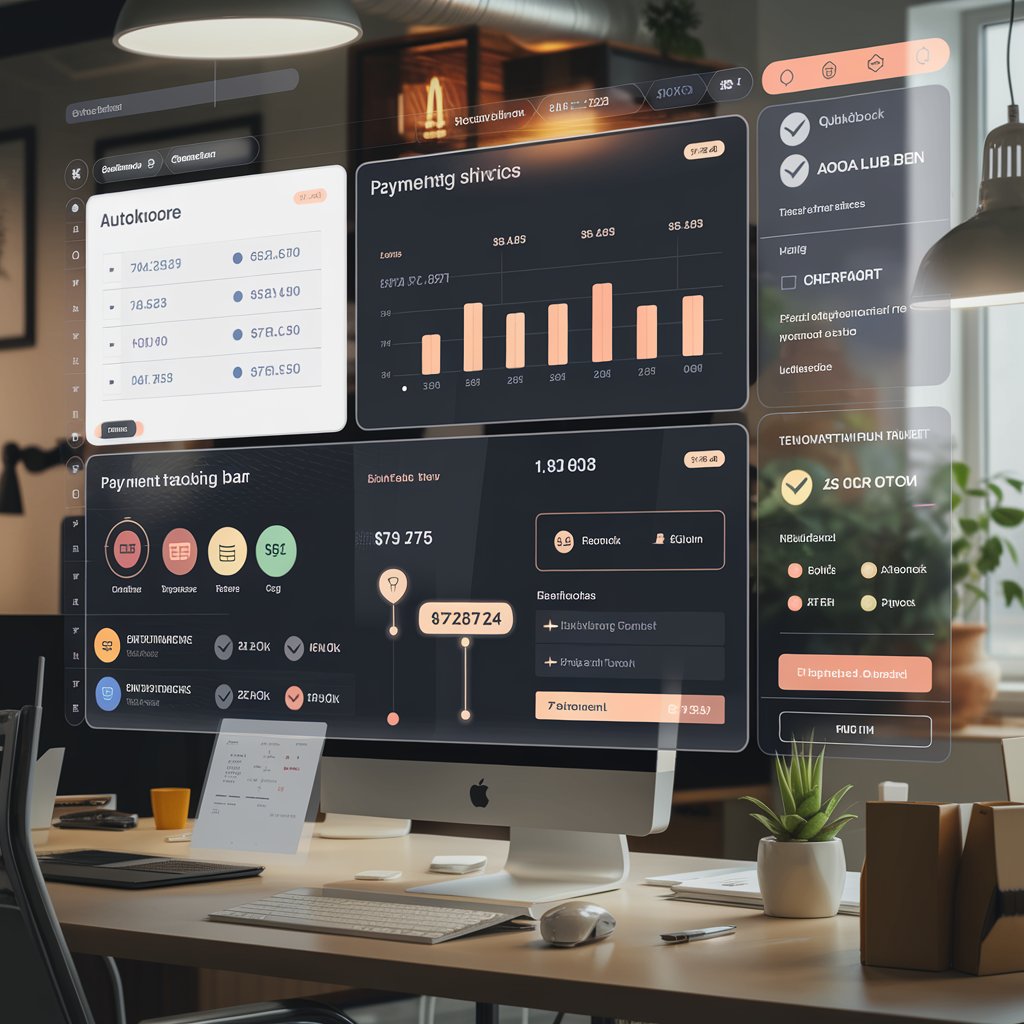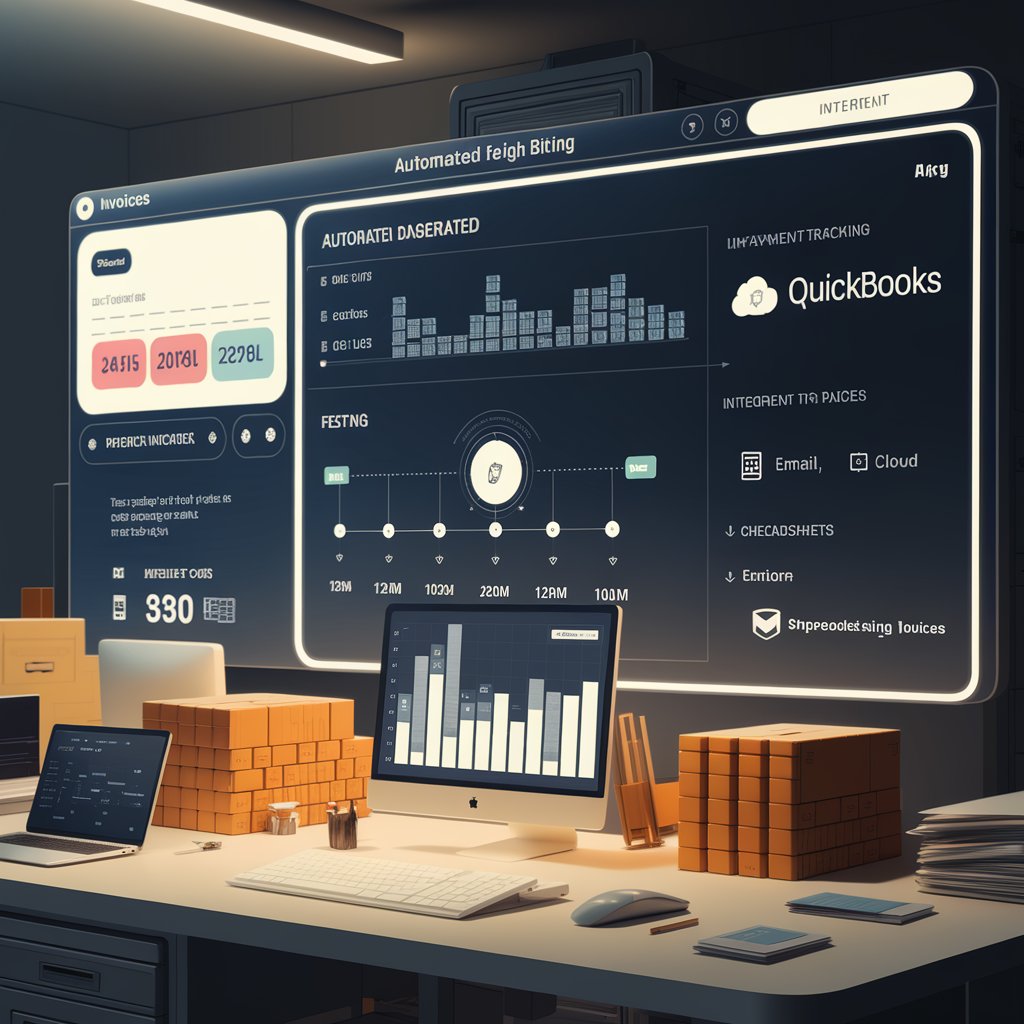How to Automate Freight Billing and Receivables
The good news? You can now automate freight billing with modern software solutions, reducing errors and speeding up collections.
Here’s a step-by-step guide to show you how it works — and why it’s worth it.

💸 The Problem with Manual Freight Billing
If your billing process still relies on spreadsheets, PDFs, and back-and-forth emails, you’re likely dealing with:
- ⏳ Delayed invoices due to manual processing
- 🔁 Repeated data entry from quotes and orders
- ❌ Human error in rates, taxes, or line items
- 📉 Slow receivables and missed follow-ups
- 📎 No central record of billing communications
Manual billing isn’t just time-consuming — it directly impacts cash flow, accuracy, and customer trust.
🛠️ What Is Automated Freight Billing?
Automated freight billing uses logistics or accounting software to streamline and standardize your entire invoicing workflow:
✅ Auto-generates invoices based on completed shipments
✅ Applies preloaded rates, taxes, surcharges, and discounts
✅ Delivers invoices via email or customer portal
✅ Syncs with your accounting or ERP system
✅ Tracks payment status and sends reminders
✅ Logs all billing activity for audits and dispute resolution

🧭 Step-by-Step: How to Automate Freight Billing
Here’s how you can digitize and automate the process from start to finish:
1. Set Up Rate Tables and Billing Rules
Upload your base rates, fuel surcharges, accessorial fees, and customer-specific contracts. This allows the system to apply billing logic automatically based on shipment data.
💡 Tip: Update your rates quarterly to reflect fuel or carrier adjustments.
2. Connect Shipment Data to Billing Module
When a shipment is marked delivered or completed, the system should automatically trigger invoice generation using that data.
💡 This reduces rekeying and ensures accuracy between operations and accounting.
3. Customize Your Invoice Templates
Design invoice layouts with your logo, terms, payment instructions, and itemized charges. Set default payment terms (e.g. Net 15, Net 30).
💡 Good software will let you assign different terms by customer or service type.
4. Enable Auto-Delivery and Notifications
Invoices are sent automatically to the customer’s preferred channel (email, PDF, portal). Notifications alert you when they’re viewed, paid, or overdue.
💡 Some platforms also support automated dunning workflows.
5. Track Payments and Automate Follow-Ups
Monitor paid and unpaid invoices in real time. Use automated reminders to nudge late payers and keep your receivables moving.
💡 Reduce days sales outstanding (DSO) with scheduled follow-up emails.
6. Integrate with Your Accounting System
Sync billing data with QuickBooks, Xero, or any ERP. This ensures accurate general ledger reporting and tax readiness.
💡 No more double-entry or missed invoices during reconciliation.

📊 Benefits of Automating Freight Billing
Benefit | Impact |
Faster Invoicing | Reduces billing cycles from days to minutes |
Improved Accuracy | Auto-applies correct rates and taxes |
Better Cash Flow | Speeds up payments and reduces disputes |
Increased Visibility | Centralized access to invoice status |
Lower Admin Overhead | Fewer manual steps = more productivity |
✅ Who Should Use Automated Freight Billing?
Automation is a great fit for:
- Freight forwarders
- 3PL providers
- Customs brokers
- Trucking and drayage companies
- Logistics departments with recurring shipments
If your team sends 20+ invoices per month or tracks multiple billing terms, automation can save hours every week.

🚀 Final Thoughts
Manual freight billing is a bottleneck that modern logistics teams no longer need to accept. With the right automation tools, you can invoice faster, track smarter, and get paid sooner.
The sooner you switch, the sooner you’ll free your team from paperwork and accelerate your cash flow — without sacrificing accuracy or control.
